
The ancient practice of fishing, dating back thousands of years, has evolved from a mere survival necessity to a popular recreational pursuit. However, achieving success in catching sizable fish requires a reliable fishing line. It is where the braid fishing line proves its worth. Its exceptional durability allows anglers to cast their lines far into the water with confidence, knowing that it can withstand the force of even the largest fish.
This cutting-edge tool has revolutionized the sport of fishing for enthusiasts and professionals worldwide. Let’s delve into the world of braid fishing lines and discover why they have become an indispensable asset for tranquil fishing excursions.
History of Braid Fishing Line
If we look back in history, it’s interesting to see that braid fishing lines were used by earlier humans thousands of years ago. They were first made from natural materials like cotton and linen. These early braided lines were simple but very useful. As society developed, so did fishing technology. This changed braid lines from just being twisted plant fibers into strong and long-lasting tools used by fishermen all over the world today.
In 1958, synthetic braids were invented. Made by Dacron, these new braids were stronger and lasted longer than the old ones. But it wasn’t until the late 90s that technology more developed for the creation of super-braids from gel-spun Polyethylene. These new braids were light but as strong as steel wire, changing the game for fishing. So, remember this when you go fishing – you’re taking part in a tradition that’s been shaped by years of human creativity and impressive technology.
Understanding Braid Fishing Line
Braid fishing line has a special role in fishing that many casual fishers might not know. Unlike other types, braid lines have a unique design and use that experienced fishers love. This great design comes from its thin but strong structure made from twisting many strands of material together. This improves your casting distance and your ability to feel bites.
Braided lines are strong and can handle tough conditions and fights with big fish. They are stronger than other lines and don’t stretch, which lets you feel your lure better. This makes catching fish even more exciting! Plus, they’re flexible and quiet underwater. So, a braid fishing line isn’t just a tool; it’s a game-changer hiding in your tackle box!
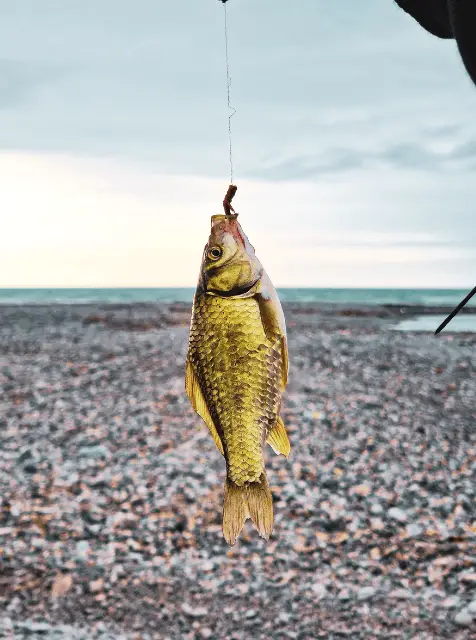
These lines are perfect for fishing around rocks, logs, and other underwater objects, as they do not fray or break easily. They are also easily visible. These lines are available in vibrant colors such as white, green, blue, bright yellow, dark grey and red that stand out on the water. You can easily detect small movements in the line that indicate a bite by a fish.
What’s more? Braid lines have thinner diameters compared to monofilament or fluorocarbon lines of the same test strength. This allows anglers to pack more lines onto their reels – providing an extended casting range, which is particularly helpful when targeting fish dwelling at deeper depths.
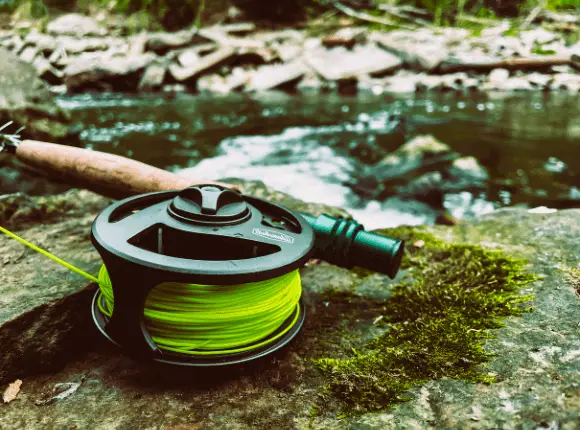
Benefits of Using Braid Fishing Line
Braid fishing line improves your fishing experience because it’s strong and lasts a long time. It’s thinner than mono or fluorocarbon lines but just as tough, so you can cast further without losing any strength. It’s also very sensitive, so you can feel even the smallest fish bite, helping you react faster and catch more.
The braided line is great for all types of fishing, like surfcasting, trolling, and deep-water jigging, because it doesn’t stretch much. This lack of stretch lets you feel a fish bite faster, making catching fish more exciting! Plus, it’s tough against underwater obstacles and absorbs shock well when dealing with strong fish like bass or snapper. So, for anglers who want a high-performing line that doesn’t need to be replaced often, the braided line is a must-have.
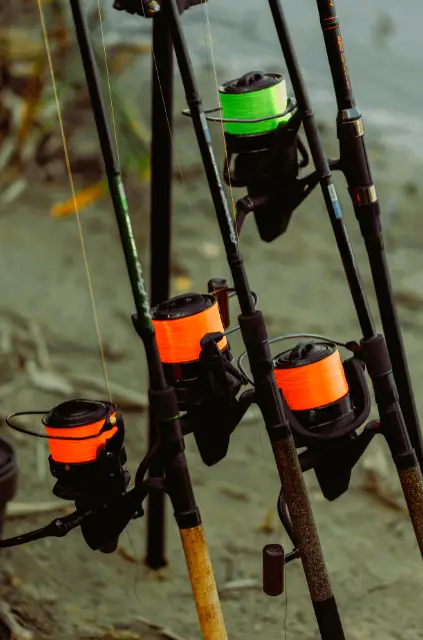
How to Select the Right Braid Line?
Choosing the right fishing line can greatly improve your fishing experience. It’s a crucial decision because it directly connects you to the fish. When deciding, think about the type of fish you’re targeting – whether it’s in freshwater or saltwater. For smaller freshwater fish like bass, a lighter 10-20 lb line is best, while larger fish may need a stronger line up to 80 lbs. This is where braid fishing lines shine, providing special features tailored to specific fishing requirements.
This decision isn’t just about weight capacity but also about sensitivity. Braid fishing lines are popular because they don’t stretch, which improves sensitivity and accuracy, even deep underwater. For example, if you like bottom-fishing or jigging, where it’s important to notice small bites, a super-line like Spectra fiber braids is recommended because they’re extremely sensitive. Keep in mind your fishing style can greatly influence which braid line works best for you. So, consider whether you need versatility or specificity before making your final choice.
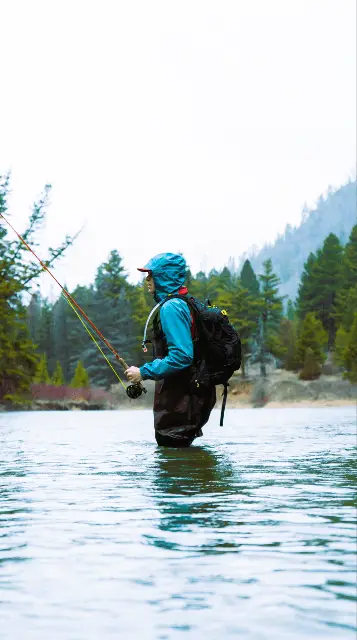
Comparing Braid Fishing Lines with Other Types
Monofilament and fluorocarbon fishing lines are popular, but many anglers now prefer the braid fishing line. This new type of line is stronger, doesn’t stretch, and is more sensitive so that you can feel even the smallest bite from a fish.
Each type of fishing line has its benefits. But when it comes to catching big fish, braided lines are the best. They are strong and thin, which is great for both saltwater and freshwater fishing. This type of line allows you to put more lines on your reel due to its high strength and low thickness. One of the best things about braided lines is that they don’t curl up, and they can cast far. Plus, they don’t scare away the fish!
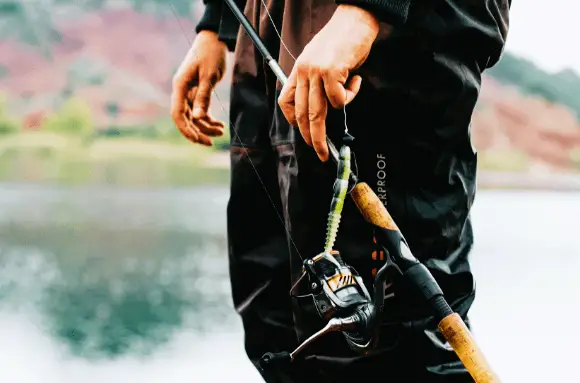
Techniques For Tying a Braid Fishing Line
Have you ever thought about how experienced fishers catch big fish without breaking their lines? They often use a special technique called tying a braid fishing line. This method needs careful skill, accuracy, and knowledge. These traits distinguish ordinary fishing enthusiasts from expert anglers.
Palomar Knot
The Palomar Knot is a well-liked method known for its strength and ability to hold heavy weights. It’s easy to learn and do with some patience and practice. The Improved Clinch Knot is another method you could learn. It’s simple but very strong when tied properly. Learning these methods will surely improve your fishing skills and help you catch more fish!
Best Casting Techniques
Learning how to tie knots and cast are both important for fishing. There are various ways to cast. The overhead cast is simple and useful for most fishing scenarios. The sidearm cast is good when there’s not much room behind you because of trees or other things. The roll cast is great for heavy lures and lines that sink, which are usually used in fly fishing.
Selecting Right Bait
Selecting the appropriate bait involves more than just selecting an attractive lure. It requires understanding the specific fish species and their dietary preferences. Freshwater fish such as bass or trout are best attracted to live baits like worms, minnows, or bugs, while artificial lures are more effective for predator fish like pike or muskies. Matching the bait to the target fish is crucial for a successful fishing experience.
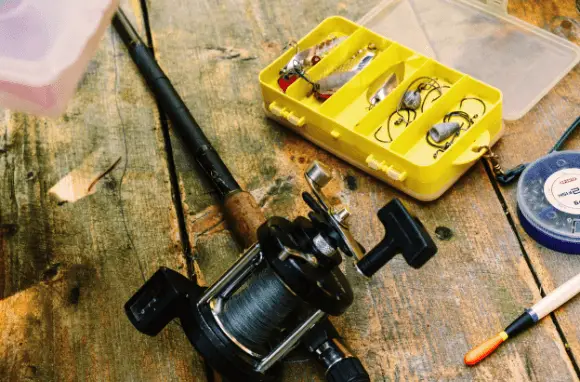
Understanding Rods and Reels
To improve your fishing skills, learn about the best types of reels and rods for different conditions. Spinning reels are easy to use and great for beginners. Baitcasting reels give you more control over how far you cast, but they take some getting used to.
Knowing the Right Time, Weather, and Water
Knowing when and what weather to fish in is key. For example, fishing is often best in the early morning or late evening on cloudy days. On sunny days, it can be harder to catch fish because they can see better. Rain can also change how active fish are by affecting water visibility and temperature. It’s also important to understand how different types of water, like rivers, lakes, or oceans can affect your fishing. Fast rivers need special lures and baits that can handle strong currents, while calm lake waters need lighter gear. Ocean fishing needs tough equipment that can handle big fish.
In addition, Knowing different kinds of knots can help in fishing because each knot has a unique use. Some knots are for tying hooks to lines, while others join two lines together. The Palomar knot, Improved Clinch knot, and Blood Knot are often used in fishing. Also, practicing different casting methods can improve your fishing skills. You can use different casts like the overhead cast, sidearm cast, and pitch cast based on the fish you’re trying to catch and the fishing conditions.
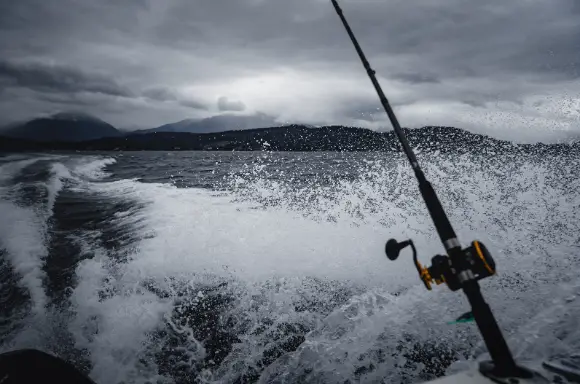
Pros and Cons
Pros
- Braid lines have a high strength-to-diameter ratio, which allows for longer and smoother casts.
- The thin structure of the braid line improves sensitivity to bites, aiding in quicker response times.
- Braided lines are highly durable and can withstand harsh weather conditions and usage over time.
- The complexity in design ensures that braided lines resist tangling or twisting much better than other types of fishing lines.
- They have a low stretch property, which ensures accurate hook sets.
Cons
- Braided lines tend to be more visible underwater, which may deter wary fish from biting.
- They often require special knots due to their slick surface, making them slightly more complex to use for beginners.
- The braid line lacks UV resistance; prolonged exposure to sunlight can weaken it over time.
- Due to its thin structure, it can cut hands or damage reels if not handled with care.
- It is comparatively more expensive than monofilament or fluorocarbon lines, potentially increasing overall angling costs.
Maintenance and Care
Braid fishing lines are notorious for their strength and durability, but even these power-packed strings require effective maintenance to deliver optimal performance. Caring for your braid fishing line extends not only its lifespan but also affects the pounce on your catch. When well-maintained, these lines can cut through water with minimal resistance and present lures naturally, two key attributes that contribute to successful angling.
Cleaning your braid fishing line after every use is imperative to ensure it doesn’t lose its toughness over time. Factors such as saltwater residue or sand particles can degrade the fiber of your line, reducing its effectiveness drastically. Meanwhile, periodic inspection for frays or weak spots will save you from plentiful disappointments when luring in a big catch. By emphasizing consistent cleaning practices and timely replacement of any compromised parts of the line, you keep up the winning streak in all your angling endeavors.
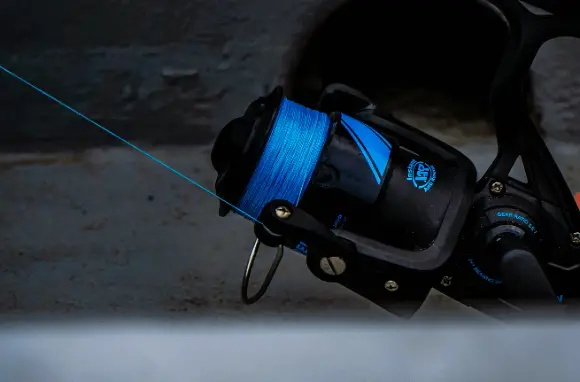
Conclusion
The braid fishing line has many benefits for experienced anglers. It is strong, sensitive, and thin, which helps with casting and feeling bites. It is also durable and resistant to abrasion, making it good for catching larger fish. Its low stretch allows for quick hook sets, increasing the chances of catching fish. Trying out braid lines could improve your fishing skills and help you catch bigger fish. Embrace the unique features of a braid fishing line and see how it can enhance your fishing experience.
FAQs
Q. What is a braid fishing line?
A. Braid fishing line is a type of fishing line that’s made from intertwining multiple strands of material. It is known for its thin yet strong structure.
Q. How does the design of braid fishing lines impact their performance?
A. The intricate design of braid lines significantly improves casting distance and sensitivity to bites, making them highly effective in angling.
Q. Is there any difference between braid lines and monofilament or fluorocarbon lines?
A. Yes, unlike monofilament or fluorocarbon, braid lines are thinner yet stronger thanks to their multiple-stranded construction.
Q. Why do seasoned anglers prefer using braid fishing lines?
A. Seasoned anglers prefer braid fishing lines because they offer superior casting distance and excellent sensitivity to even the slightest nibbles.
Q. Are braid fishing lines suitable for all types of fish species?
A. Braid fishing lines are versatile and can be used to catch various fish species. However, it’s always best to choose the strength and thickness appropriate to your target species.


Very informative article.